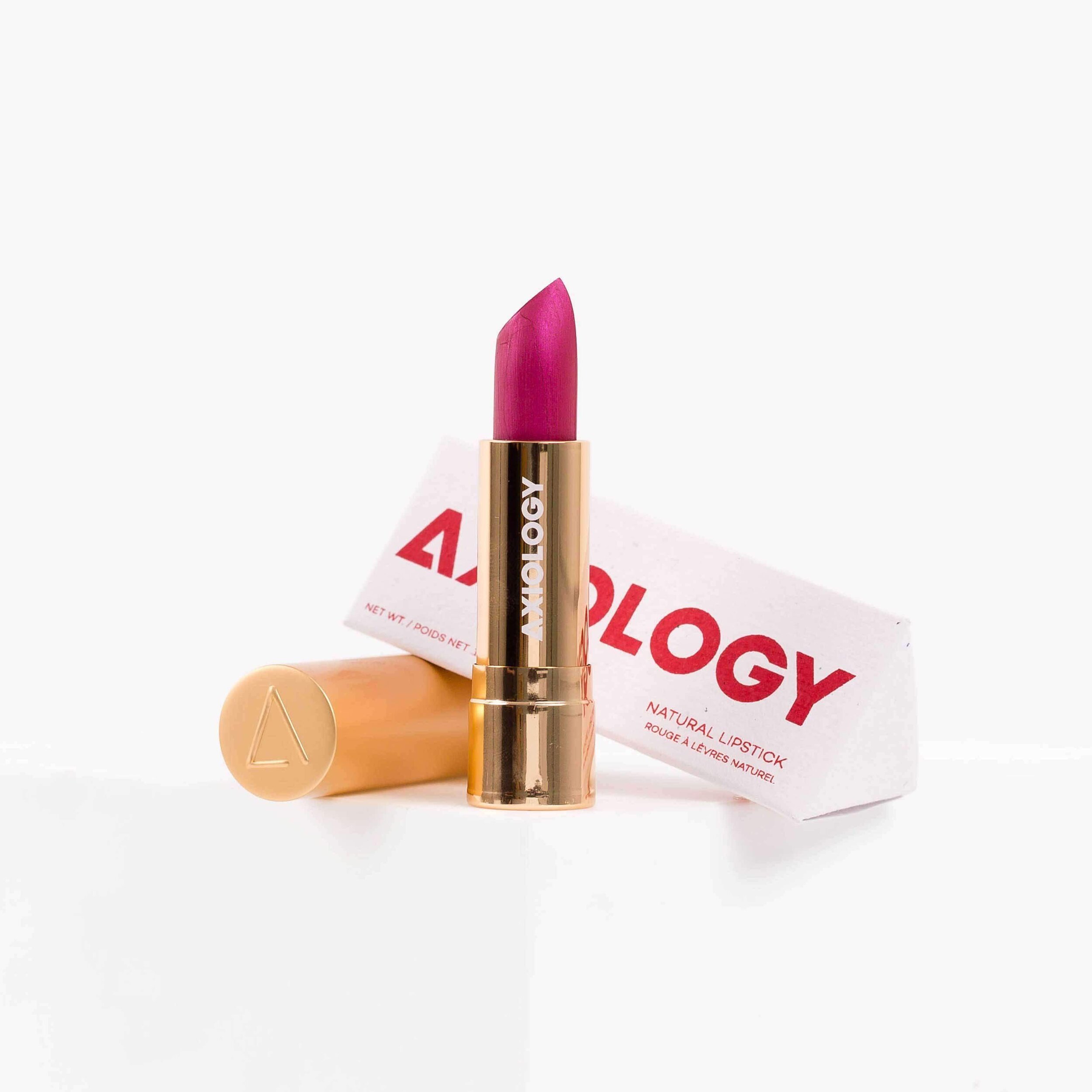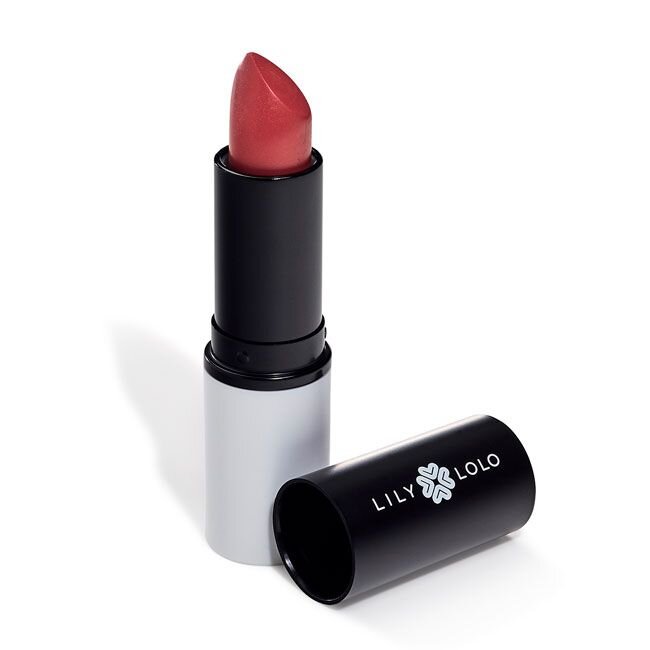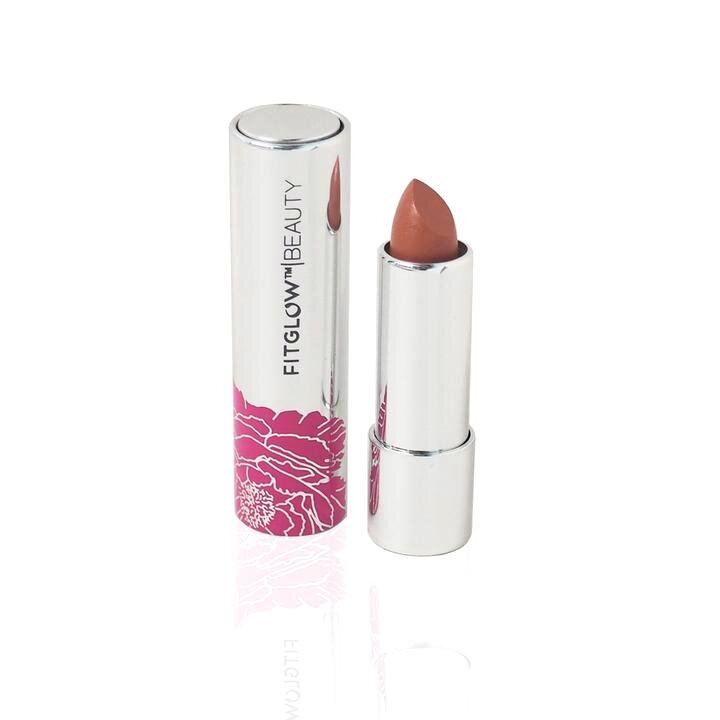Heavy Metals In Lipstick
The safety of what we put on our lips is important since it is not only absorbed through the skin but is ingested also. Heavy metal contamination is a major concern in cosmetics, particularly lip products.
High exposures of heavy metals like cadmium, chromium, iron, nickel and lead may result in health issues such as skin allergies, severe redness, swelling/skin ulcers, cellular death, DNA damage, oxidative stress, neurotoxicity, memory loss, reproductive failure and carcinogenic health effects.[1]
Interestingly, companies are not required to disclose or provide safety data regarding heavy metals in cosmetics.
How Much Is Harmful?
While no safe level of heavy metals has been determined, the FDA recommends lip products contain no more than 10 ppm of lead, based on the amount unmeasurable in routine blood testing. However, they did determine the technically avoidable amount to be quite less, at 1.07 ppm (parts per million).[3]
It is difficult to understand the full impact of heavy metals when measuring the ppm content of a single product. Avoidable levels and maximum thresholds are loosely determined. These amounts do not take into account the cumulative heavy metal intake from all cosmetics and other exposure sources in the environment.
What The Studies Show
In 2010, an FDA analysis of 400 lip products found amounts of lead as high as 7.19 ppm, well beyond the technically avoidable amount of 1.07 ppm.[4]
In 2011, a Canadian study found a high amount of heavy metals present particularly in lip glosses, with one product far exceeding the FDA’s recommended maximum of lead at 110 ppm.[2]
In 2013, researchers at the University of California, Berkeley's School of Public Health performed a study using acceptable daily intake limits from both average and high use of certain cosmetics. They discovered heavy metals like aluminum, cadmium, chromium, and manganese in lip products at rates which would exceed acceptable daily intake limits, even with average use.[5]
Why Are Heavy Metals Present In Lipstick?
Minerals from the earth naturally contain trace amounts of heavy metals. Minerals used as colorants are often synthetically created to avoid larger amounts of heavy metals.
Another route of contamination is through colorants and the process of adding color.[6]
Colorants labeled as “lake” dyes and those preceded by “FD&C” or “D&C” are petroleum or coal-tar derived colorants that are regulated in the US. Because of this, they not only contain some amounts of heavy metals but also have the same problems associated with any petroleum-based product: the main one being contamination of polycyclic aromatic hydrocarbons (PAHs), which are carcinogenic.[7][8]
Safer colorants include minerals like iron oxides, titanium dioxide, and ultramarines. Some companies batch test for heavy metals so they know heavy metal levels are safer. Note that natural minerals are not regulated, and batch testing is essential for determining heavy metals in cosmetics that use non-synthetic minerals.
Safer Options
There are some cutting edge brands creating beautiful lipsticks without lake dyes or D&C colorants such as Hynt Aria Pure, Fitglow, Kjaer Weiss, Lily Lolo, and Au Naturale.
Have you checked your lipstick to see what colorants are used? If you’re unsure, reach out to the brand. Companies that use safe colorants are happy to share with you all they have done to ensure their products are safe.
References
[1] https://www.ncbi.nlm.nih.gov/pmc/articles/PMC7335825/
[2] https://d36rd3gki5z3d3.cloudfront.net/wp-content/uploads/2016/01/HeavyMetalHazard-FINAL.pdf?x72312
[3] https://www.cdc.gov/biomonitoring/Lead_FactSheet.html
[4] https://www.fda.gov/cosmetics/cosmetic-products/limiting-lead-lipstick-and-other-cosmetics#expanalyses
[5] https://ehp.niehs.nih.gov/doi/pdf/10.1289/ehp.1205518
[6] https://www.ncbi.nlm.nih.gov/pmc/articles/PMC7335825/
[7] https://www.ncbi.nlm.nih.gov/pmc/articles/PMC5497826/
[8] https://www.bcpp.org/resource/polycyclic-aromatic-hydrocarbons/












